It’s December now and I have continued my bike rides through the end of November. For the most part, the weather has been good but there have been a few cold days, which has meant adding a few more layers.
The blustery weather adds some extra elemental experience to my rides these days. Some days when the bike trail turns north to face Georgian Bay, the strong winds in my face almost bring my forward momentum to a standstill. When that happens, it reminds me of the sensation of being on the deck of a sailboat in a strong wind. Personally, I love that feeling.
On a couple of days, I’ve had to put on six layers of clothing and have bought a balaclava. I’ve also purchased new Sugoi thermal gloves from Kamikaze and have looked into buying Bar Mitts to keep my hands warmer during the colder days. These are some of the considerations I need to make to stay comfortable on my rides but most days, after 10 minutes, I’m warmed up and that makes the ride enjoyable.
Riding throughout the change of colours during the month of October was spectacular and we had a few exceptional November days. There are sections of the trails that took my breath away daily. The sparkle and glare of low light sunshine, bouncing off the water of the Pretty River as it cascades over the shale steps or the palette of colourful leaves being dropped along the paths makes sections of the trail seem like a place everyone would want to enjoy.
In early November, the town trimmed back the brush from the Black Creek sections of the trail for the year in preparation of spring growth, paying attention to the blind spot corners and assuring lines of sights for oncoming cyclists, which is just another example of the attention the trails receive.
As mentioned in my initial post, besides the health benefits, my rides provide me the added pleasures of getting to know people in our community better. I’ve gotten to know several of the people at the stores I visit weekly and enjoy being able to have conversations with them. At one of the main grocery stores, I’ve gotten to know the produce manage and can now go in and feel comfortable asking for specific foods to be brought in, which we sometimes have trouble finding, due to our plant based diet. That’s a nice added benefit of getting to know people who help you within your community. Food is a great common denominator.
Shopping on my bike allows me to slow my life down. Rather than watching to see if there is a car right behind me on a busy street, I can instead choose to take notice of how good a job the town has done in re-wilding many of the bike trails. But slowing down in one sense of the word, does not mean that doing groceries takes me that much longer either. Yim and I did a test run this month where we took the car to do a few errands. We went to Shoppers, Walmart, FreshCo and finally, Loblaws, and it took us two hours by the time we got home. I can do that in less time than that on my bike on any given day. On the bike path, there’s no traffic to contend with and no parking lots to navigate in and out of when you arrive at the destination, and if any of you have tried your patience at parking a car in the FreshCo parking lot, you know that can take 10 minutes just to get settled into a parking space.
Economically, as of this post, I have logged just about 5,000 kilometres on my bike this year. With the cost of gas being around $1.45 per litre, I have saved about $650.00 in seven months.
And by cycling over this period of time, the amount of carbon dioxide I saved rather than driving was roughly 1.25 tons of carbon dioxide. On average, we emit about one ton of CO2 for about every 3,750 kilometres of driving.
Since my last post, I’ve started reading a bit more about cities that have integrated biking lanes into their infrastructure and the benefits those places see occur. It’s pretty much completely positive for the most part. Here’s a few tidbits to think about…
One couple that caught my attention is Melissa and Chris Bruntlett, who have a great Facebook Page focused on countries around the world that are integrating bike trails successfully into their towns and cities. They have written a couple of focused books on the topic. In Curbing Traffic: The Human Case for Fewer Cars in Our Lives, they chronicle their experience of living in the Netherlands and the benefits that result from treating cars as visitors to a town or city, rather than owners of the road. This is something I suggested Collingwood could do during my interview with Erika Engels in late summer.
Surprisingly to me, while doing this research, I came across the fact that Montreal, Quebec has perhaps the most ambitious car-free scheme on our continent and have pedestrianized 11 commercial arteries—totalling 9.4 kilometres, which have quickly become cherished destinations for locals and tourists alike. They invested $12-million between 2022 and 2024 to open the streets in front of 2,100 local businesses. Ultimately, these car-free streets are built on the recognition that shopping districts can either attract cars or attract people. They can’t do both successfully. And in an age of online retail, these brick-and-mortar businesses realize that they can’t compete on expedience—so they must compete on experience.
Imagine what our downtown could be like if we eliminated those dangerous slanted sideways parking spots on Hurontario completely and integrated bike lanes. Anyone backing a car out of those spots has absolutely no chance of seeing a cyclist as they begin backing out if a cyclist is tucked in close to the parked cars lining the street, as they have to be. The existing municipal parking lots along Saint Marie Street could be expanded and act as the buffer zone, forcing cars to park outside of the busy downtown core and walk into town. At least that’s my idea of what a future could look like here.
Attract cars or attract people. That’s the choice here…
With that said, here’s a series of photos to enjoy from the months of September, October and November of our trails.



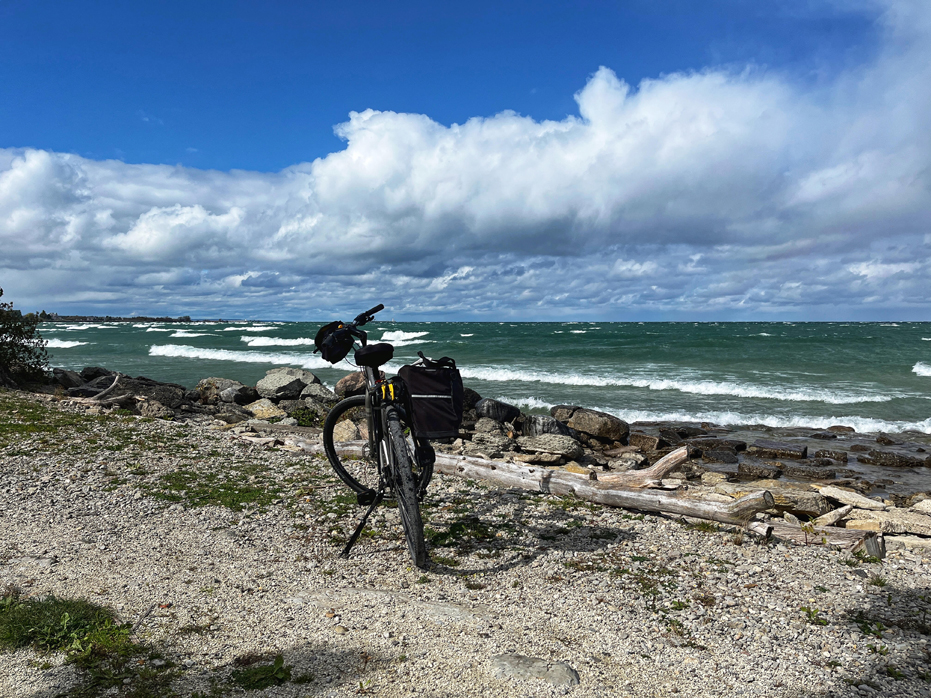

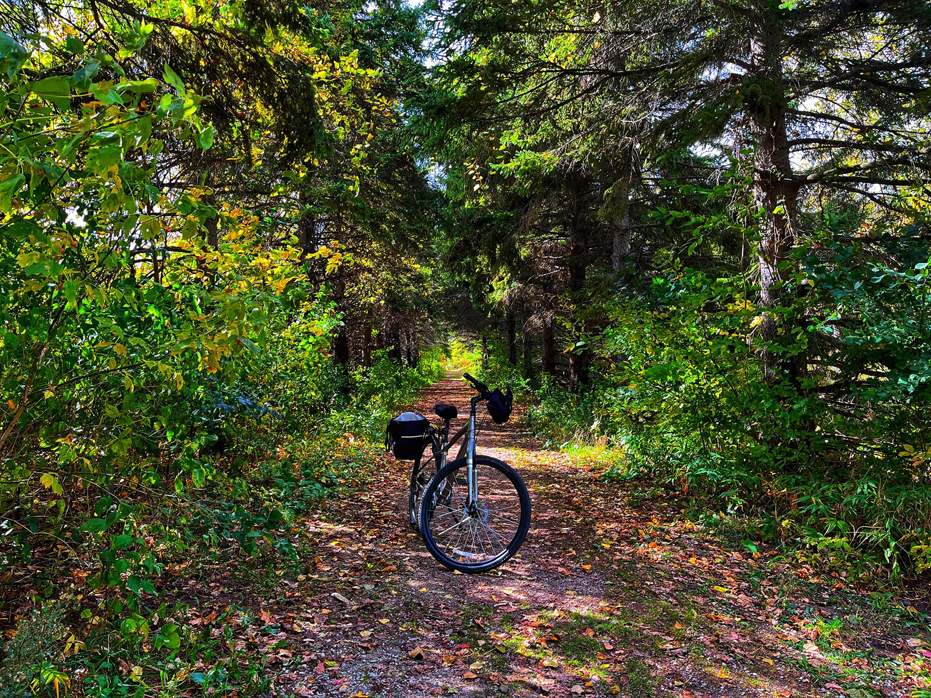

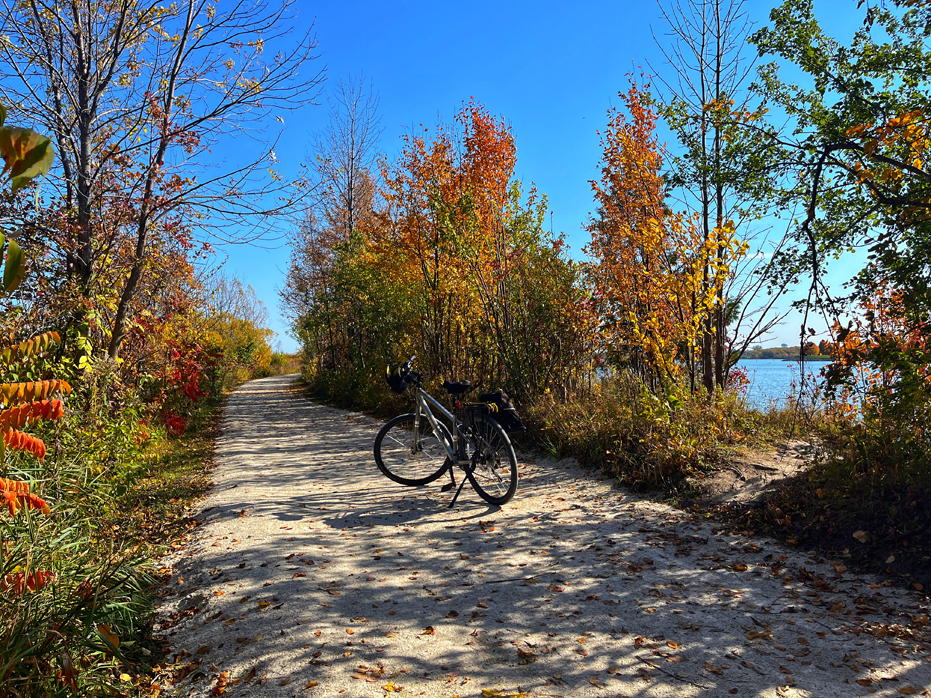

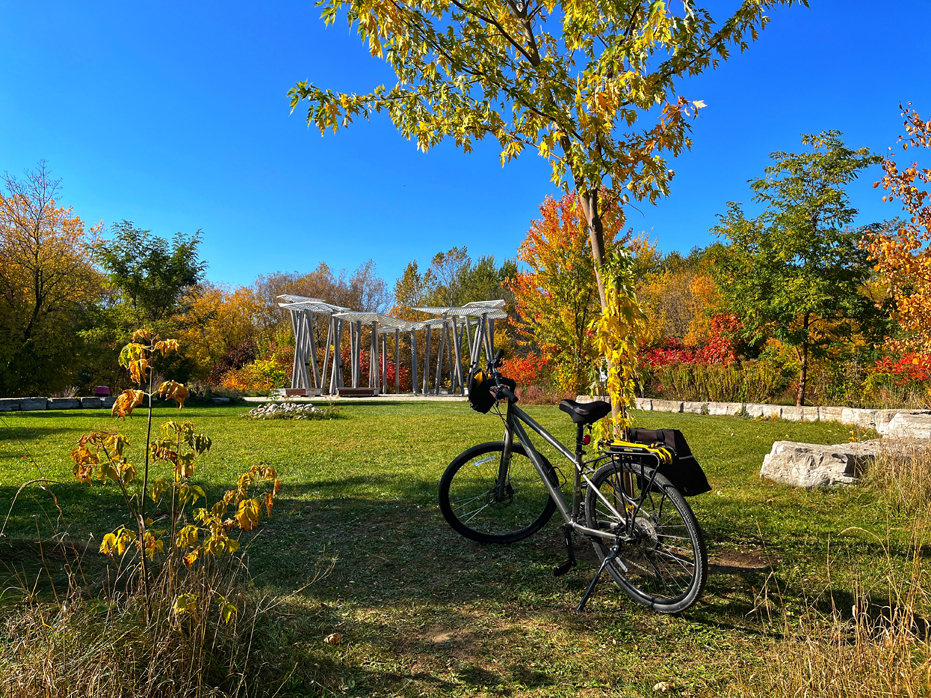
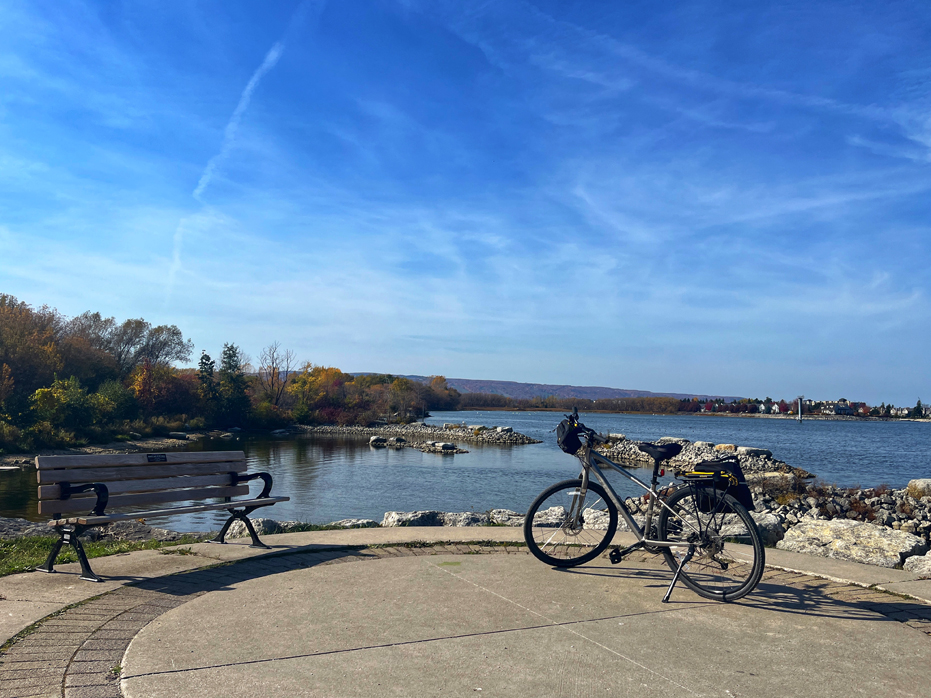


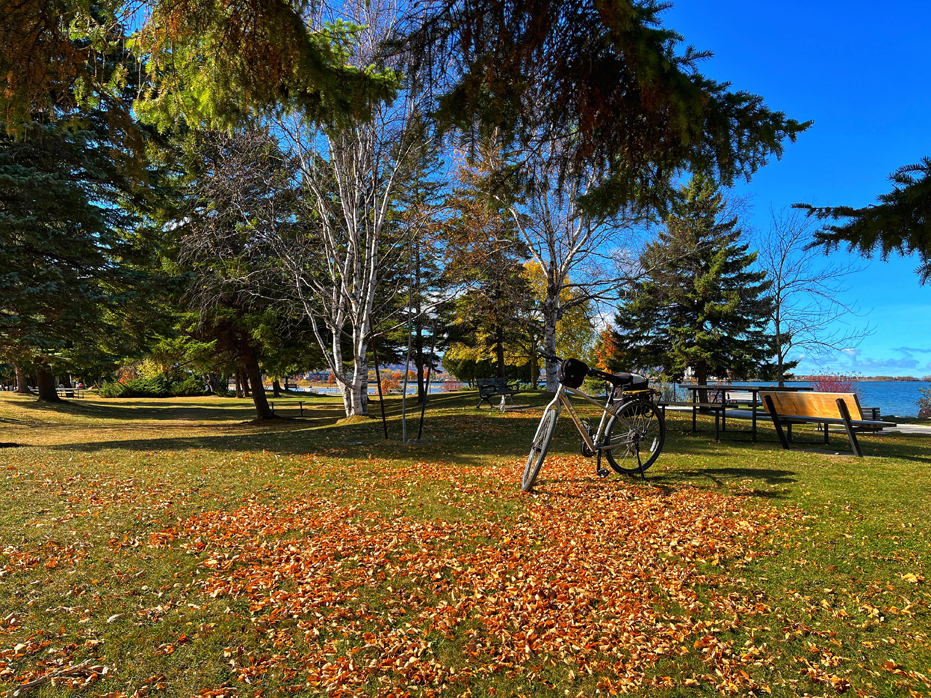



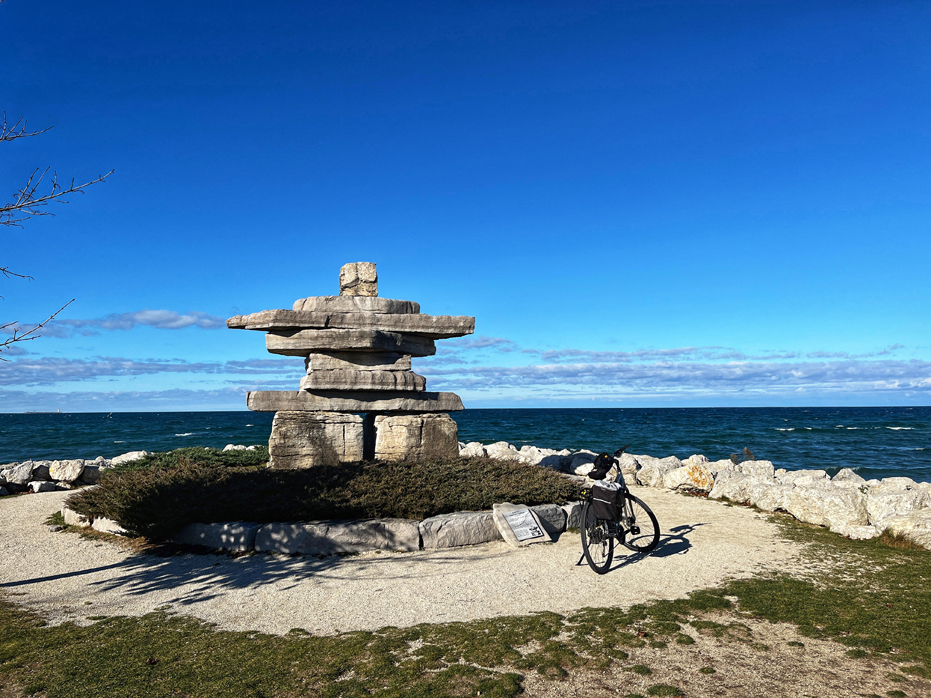




No Comments